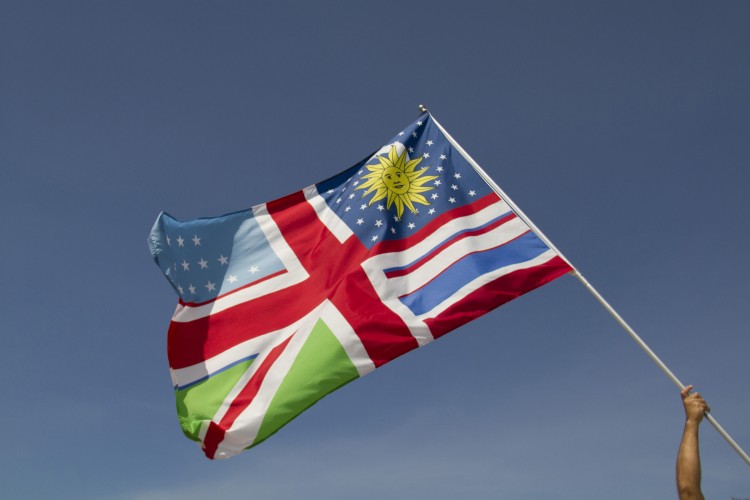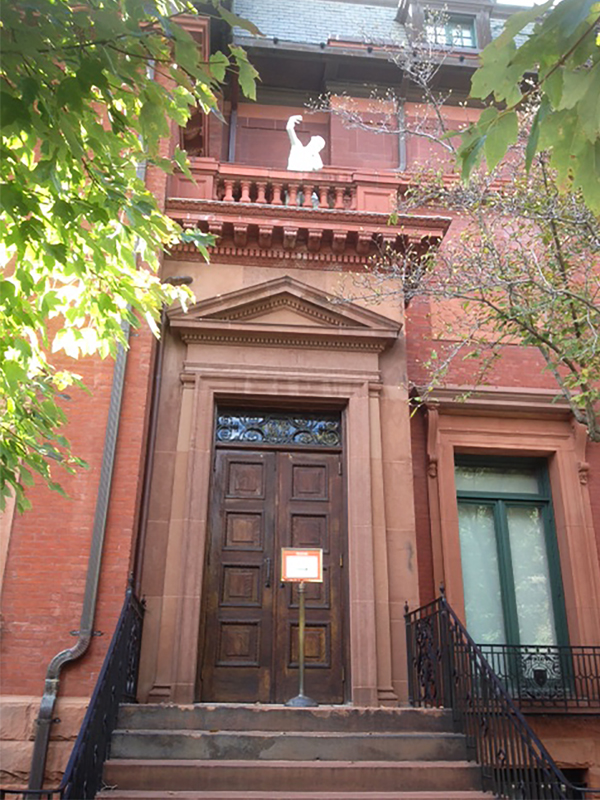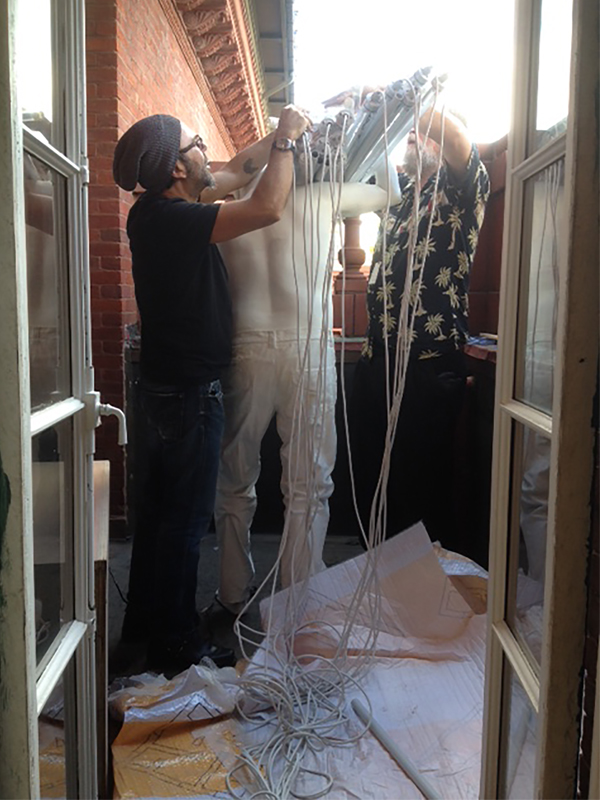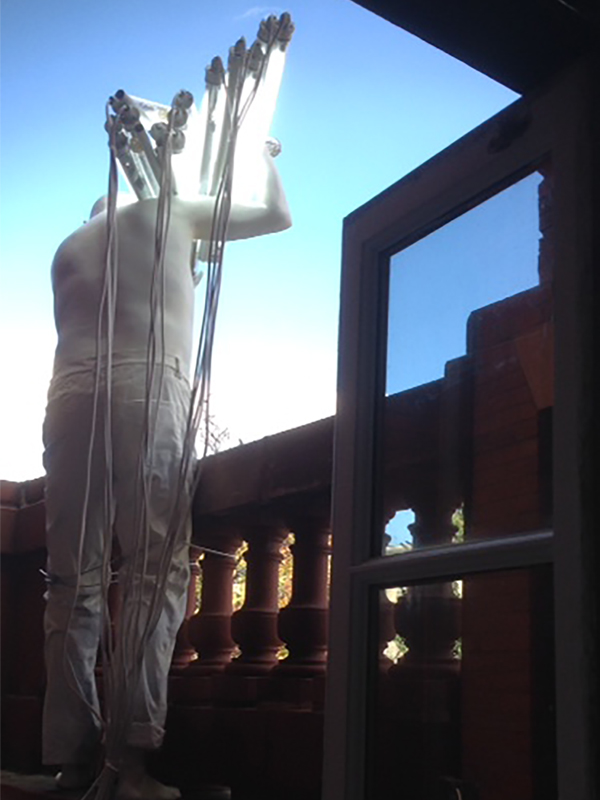On October 27, artist Pedro Lasch will premiere his work Abstract Nationalism/National Abstraction: Anthems for Four Voices at The Phillips Collection as part of the International Forum Weekend in Washington. In this audio-visual performance, national anthems of specific countries are sung in the language of the country listed alphabetically after it in the World Almanac.
In a six part blog series, Curatorial Intern Lauren Reuter asks the artist about this work and how it fits into the Phillips, art, and politics. Read Part 1 here.
How do national symbols play into artistic representation?
I’m interested in promoting multilingualism and a multinational identity and fighting against monolingual and monocultural constructs. I think many of our countries and many of our policymakers, internationally speaking, are still too caught up with the past version of culture where you only speak one language, you only belong to one nation, etc. This work is an attempt to represent the complexity of who we are nowadays.
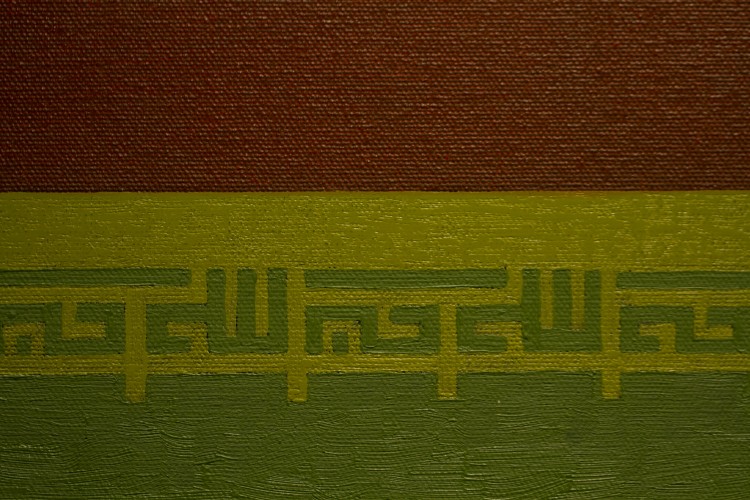
Pedro Lasch, Schematic Scores, Flag Fusions and Visual Props from Abstract Nationalism & National Abstraction (2001/2014)
In the 1990s, I observed a really paradoxical and kind of troubling phenomenon: artists are assumed to be very critical of nationalism. Very few artists would stand and sing the anthem in front of a crowd. In sports, it’s normal. If you represent your national team, you just sing the anthem! Imagine you ask all artists who represent their country to sing the anthem before their show opens. It would be hilarious, right? Half of them would refuse to do it because we don’t like to be pigeon-holed into ethnic or national identities. The nation-state has been the topic of a lot of the most critical artworks in art history.
And so I thought it was really fascinating that while artists still maintain these critical perspectives, they all agree to represent their countries at events like the Venice Biennale. Some countries do have people who are not their national subjects represent their country at a biennial, but that is a small and newly emerging trend. Up until about 10 years ago, when I was coming up with this project, if you wanted to be in any of the international biennials you had to agree to be there because your country chose you. So it was a very bizarre thing to me as an artist. It seemed so out of place, like we’re working with cultural constructs that don’t really match how we operate. And of course as artists, we want to say, well no that’s not how it really is, you were chosen because you were a good artist.
I wanted to do work that was able to confront these contradictions, and so as I was thinking of the cultural complexity of nationalism, I realized that the anthem is actually the deepest-entrenched national symbol or cultural construct. The moment you hear your anthem, something happens in your head. I think it’s even more powerful than seeing a flag. We may be critical of it, but it’s still there. And I think it has to do with childhood; we were taught these things, we were asked to sing them. I am fascinated by the historical use of flags and anthems and the kind of deep sentimental attachment they can create toward the nation-state. That’s another reason for me to propose this multilingual, multinational performance: it becomes harder to create totalitarian structures when you have people actually considering themselves a mixture of specific things.

